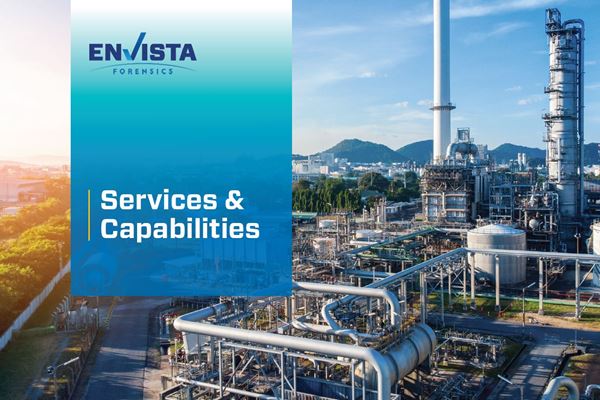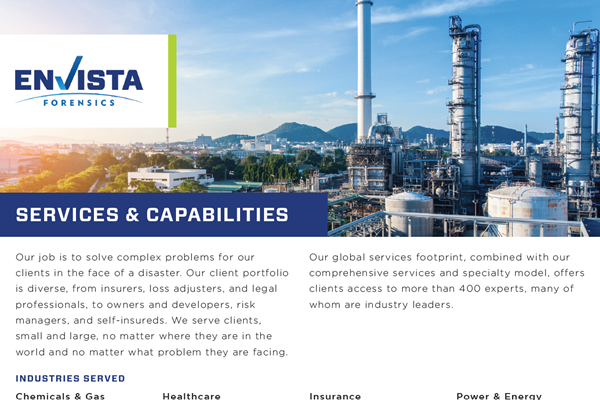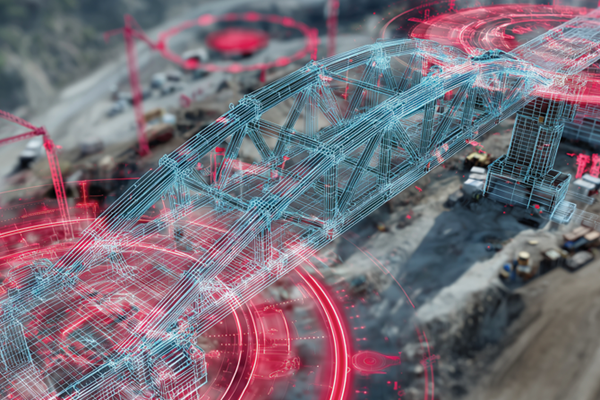Well Pump Types, Applications, and Maintenance Strategies

Commercial and industrial well pumps are essential in various sectors, including agriculture, construction, and petroleum production. They ensure a consistent supply of water or oil from underground sources for various applications. Knowledge of different well pump types and their functionalities enables businesses to make informed decisions regarding their extraction needs.
In industrial and municipal operations, well pump failures can significantly affect productivity and efficiency. Identifying common causes of these failures and implementing preventive measures is essential for optimal performance. Well pumps, whether surface-mounted or often located underground, face numerous challenges, from mechanical issues to environmental factors, each requiring specific diagnostic and resolution strategies.
Types of Well Pumps and Their Applications
Shallow vs. Deep Well Pumps
Well pumps are categorized into shallow well pumps and deep well pumps. Shallow well pumps, suitable for depths up to 25 feet, are commonly used in residential areas with high water tables. They operate by creating suction to draw water up. They are easier to maintain and less expensive, but may lack efficiency. Deep well pumps are designed for depths beyond 25 feet and can reach thousands of feet underground. These pumps are more complex, handle higher pressures, and are suitable for industrial and municipal applications.
Positive Displacement and Dynamic Pumps
DPositive displacement pumps and dynamic pumps, commonly known as centrifugal pumps, are the main types used in well applications. Positive displacement pumps trap a volume of fluid and mechanically move it forward, achieving high discharge pressures. Examples include rotary screw pumps, progressive cavity pumps, and diaphragm pumps. Dynamic pumps, primarily centrifugal pumps, use a rotating impeller to impart energy to the fluid, pushing it outward against the casing and out through the discharge. Centrifugal pumps are common in well applications due to their efficiency in handling large fluid volumes. Surface-mounted centrifugal pumps are common for shallow wells and are used for some deep wells through the use of jet pumps, nozzles mounted in the pump or down the well to induce flow up the well. For deeper wells, centrifugal pump impellers located in the well are needed.
Submersible and Vertical Turbine Pumps
Submersible turbine pumps and vertical turbine pumps are the primary types of deep well pumps. Submersible turbine pumps have the motor and pump located down in the well, cooled by the surrounding fluid, and are limited in size. Vertical turbine pumps have the motor at the top with a line shaft running down to the impellers in the well, allowing for greater depths and higher capacities. For extremely deep wells, gas lift methods are often used, particularly in petroleum production, where gas is injected into the well to lift the fluid to the surface.
Effective Well Pump Maintenance and Troubleshooting
Importance of Regular Inspections
Maintaining and troubleshooting well pumps is essential for their longevity and efficiency. Regular inspections and timely interventions can prevent major failures and reduce downtime. Common issues include failed casings, sediment buildup, and mechanical wear. Businesses should select the appropriate pump type based on application-specific requirements, such as well depth, fluid type, and desired flow rate.
Mechanical Failures
Mechanical failures often result from wear and tear of components like the motor, line shaft, and impellers. Continuous use can degrade these parts, leading to unnoticed failures. Regular maintenance and inspections are crucial to identify and address these issues early. Using durable materials and proper installation can reduce mechanical failures.
Environmental Factors
Environmental factors such as corrosion, chemical attacks, and ground movement impact well pump performance. Corrosion from water contaminants deteriorates pump components, while chemical attacks in treated wells exacerbate the issue. Ground movement can misalign the well casing and pump, causing operational failures. Protective measures like corrosion-resistant materials and geological surveys can mitigate these risks.
Electrical Issues
Electrical issues, including moisture ingress and power surges, frequently cause well pump failures. Moisture can infiltrate electrical components, leading to short circuits, while power surges can damage the motor and other parts. Protective housings and surge protectors can safeguard against these problems. Regular electrical inspections and maintenance are necessary to promptly identify and rectify potential issues.
Operational Practices
Operational practices affect well pump performance and lifespan. Excessive drawdown from over-pumping can cause cavitation, damaging impellers and components. Proper pump sizing and monitoring water levels prevent excessive drawdown. Ensuring the pump operates within designed parameters and avoiding over-speeding can prevent up thrust, protecting bearings and seals.
Optimizing Well Pump Performance
Well pumps are vital for various commercial and industrial applications, providing essential water and oil extraction capabilities. Understanding the different types of pumps, their configurations, and maintenance needs is crucial for optimizing operations and ensuring a reliable supply of resources. Companies can enhance efficiency and reduce costly failures by selecting the appropriate pump and implementing regular maintenance practices. Addressing mechanical, environmental, electrical, and operational factors comprehensively can prevent well pump failures, ensuring uninterrupted operations and minimizing downtime.
Partner with Envista Forensics for Mechanical Failure Analysis
When well pump failures disrupt operations, identifying the root cause is essential. At Envista Forensics, our mechanical failure analysis experts investigate complex equipment breakdowns to determine why failures occur and how to prevent them.
From mechanical wear and electrical issues to environmental impacts, our engineers deliver clear, evidence-based findings that help businesses, insurers, and legal teams resolve claims, reduce downtime, and protect future operations.
Contact Envista Forensics today to learn how our forensic engineering services can support your industrial operations and minimize risk.
Our experts are ready to help.




